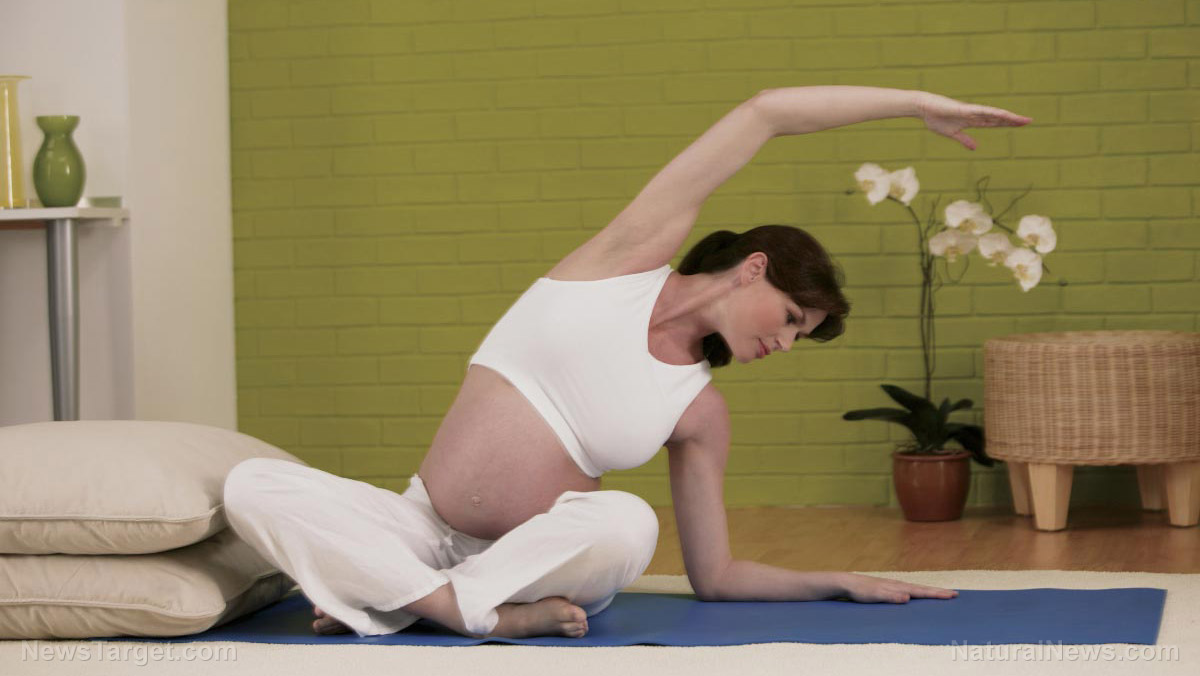Mass vaccination for influenza a failed strategy, scientists admit… it simply doesn’t reduce influenza-related hospital admissions at all
01/15/2019 / By Russel Davis

Mass vaccination against the pandemic influenza A/H1N1 infection fell short on expected results, according to a study published in the British Medical Journal. Researchers examined a cohort of 388,069 patients younger than 65 years old, who were given the H1N1 vaccination between November 2009 and January 2010 when the transmission of pandemic influenza was spreading rapidly.
The researchers used proportional hazards regression models to assess the efficacy of the pandemic vaccine. Study outcomes confirmed H1N1 and flu-related admissions diagnosed as the H1N1 infection. The experts then further arranged the models into four variables including age group, number of chronic illnesses, seasonal vaccine status and pandemic vaccine status. Data showed that coverage for both the pandemic influenza vaccine and the 2009-2010 seasonal influenza vaccine varied between age groups, with the lowest coverage rates found in the youngest age groups, aged 39 years and below.
Researchers also found that more than 80 percent of the cohort had only one diagnosed underlying condition. Vaccine uptake, which simultaneously increased for both pandemic and seasonal influenza vaccines, was higher when more chronic conditions were diagnosed. Furthermore, H1N1 infections also appeared to increase when more chronic conditions were identified.
More than a fifth of the cohort received at least one dose of the pandemic vaccine, 46 percent of whom took their first dose during the first week of the vaccine’s availability. Researchers also found that more than half of the people in the group received only one dose of the pandemic vaccine, while a little more than 40 percent received two doses.
100% organic essential oil sets now available for your home and personal care, including Rosemary, Oregano, Eucalyptus, Tea Tree, Clary Sage and more, all 100% organic and laboratory tested for safety. A multitude of uses, from stress reduction to topical first aid. See the complete listing here, and help support this news site.
Data also showed that nearly 135 of the participants received the 2009-10 seasonal influenza vaccine, 60 percent of whom received the shot prior to mass vaccination against pandemic influenza. Among those who received the pandemic vaccine, 52 percent were only given the pandemic vaccine, while 47.1 percent received both. Researchers also found that three percent of the cohort received seasonal vaccine only, while 76 percent did not receive any of the vaccines.
Results of the vaccination assessment
Researchers noted an increased likelihood of laboratory confirmed H1N1 infection during the first week after receiving the pandemic vaccine, with vaccine effectiveness at 112 percent, compared with patients who did not get the seasonal and pandemic flu shots. However, researchers did not observe significant effectiveness from the pandemic vaccine during the following eight to 14 days. Study data also revealed that participants who received only the 2009-10 seasonal flu vaccine were at an increased risk of contracting laboratory confirmed H1N1 infection.
The study also found that the likelihood of contracting laboratory confirmed H1N1 infection was between 22 to 23 times higher in patients aged 0-19, compared with the older age group. Patients with more than one chronic illness were more likely to contract the infection than those with fewer underlying conditions.
Additional data revealed that vaccine effectiveness against H1N1-related hospitalization was estimated to be at 258 percent during the first week following receipt of the pandemic vaccine. However, researchers noted waning effectiveness during the following eight to 14 days. Patients who received only the seasonal flu vaccine were also at an increased risk of H1N1-related admission. The probability of hospitalization due to H1N1 infection was 18 times higher among patients aged 0 to 9, and about 10 times higher among patients aged 10 to 19. Patients aged 50 to 59 years also showed a two-fold increase in odds of being hospitalized compared with their older counterparts. The risk of admission also simultaneously increased with the number of underlying medical conditions.
Researchers also found patients who received only the pandemic vaccine showed outcomes similar to those who received both the pandemic and the seasonal vaccine. However, patients who received only the seasonal vaccine had increased odds of the infection.
“Among chronically ill people, this vaccine offered protection against laboratory-confirmed H1N1 infection but only offered non-significant protection against influenza-related hospital admissions confirmed as H1N1 infection. This finding is of public health relevance because the population of chronically ill people is a major target group for pandemic vaccinations,” researchers wrote.
Sources include:
Tagged Under: influenza, influenza vaccine, vaccines




















